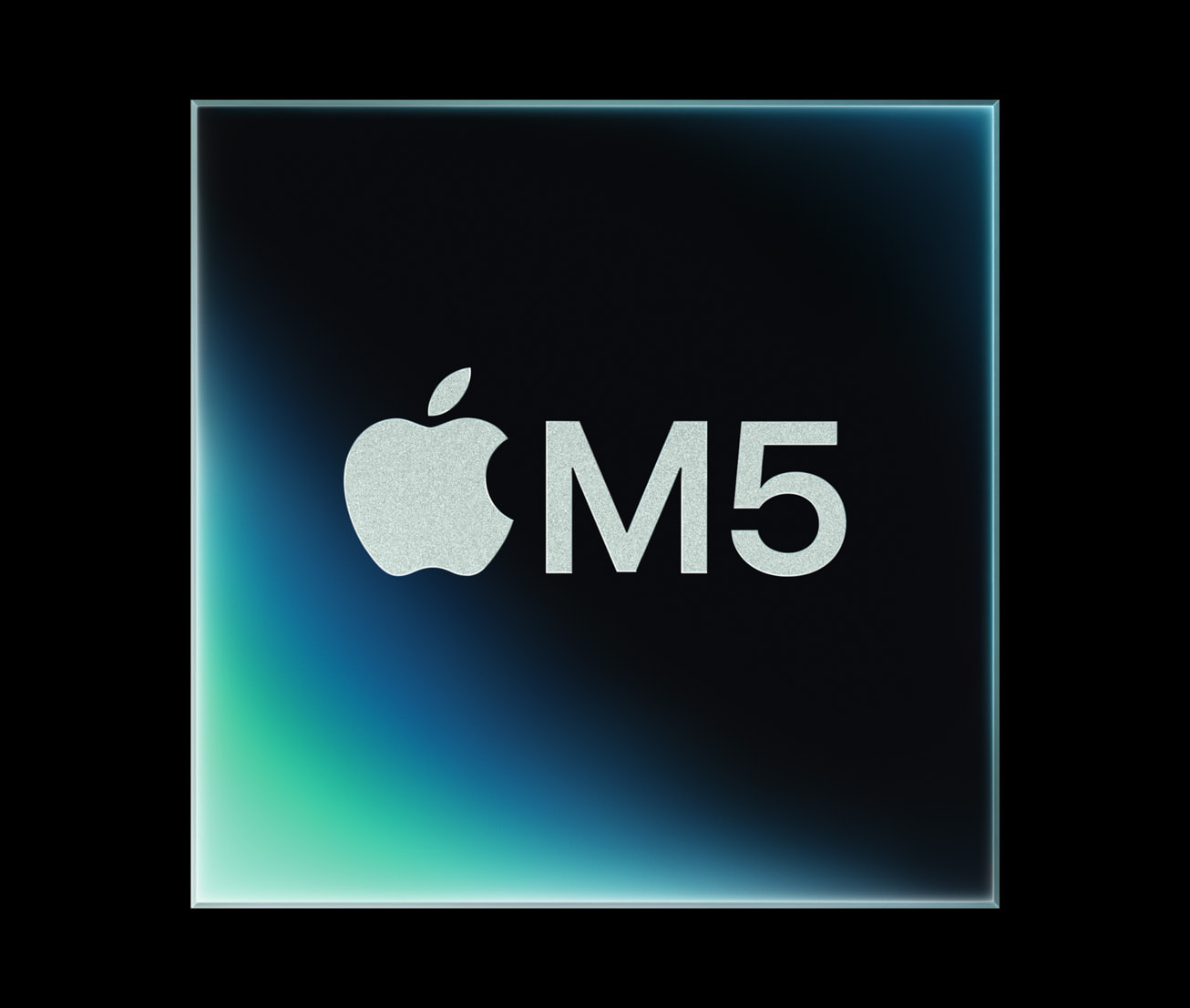Apple introduced the M5 chip on October 15, 2025, describing it as the biggest leap in AI performance yet for Apple silicon. The processor powers the newest MacBook Pro, iPad Pro, and Vision Pro, focusing on speed, efficiency, and advanced on-device AI capabilities.
Built using third-generation 3-nanometer process technology, the M5 includes a 10-core GPU with a Neural Accelerator in each core. Apple says it delivers over four times the peak GPU compute performance for AI compared to M4, and graphics performance improves by about 45 percent. The 10-core CPU combines six efficiency cores with four performance cores, providing up to 15 percent faster multithreaded performance. Unified memory bandwidth increases to 153 GB/s, up about 30 percent from M4.
The Neural Engine now has 16 cores and can handle 38 trillion operations per second. The media engine supports new encoding and decoding formats for ProRes, H.265, and AV1, while the integrated GPU can handle third-generation ray tracing and advanced compute tasks.
On Vision Pro, M5 increases pixel rendering by about 10 percent and raises the refresh rate to 120 Hz. On MacBook Pro and iPad Pro, it improves graphics rendering, video workflows, and generative AI applications. Developers can now access Neural Accelerators through Tensor APIs in Metal 4 to run custom AI models directly on the chip.
Johny Srouji, Apple’s senior vice president of Hardware Technologies, said, “M5 ushers in the next big leap in AI performance for Apple silicon. With the introduction of Neural Accelerators in the GPU, M5 delivers a huge boost to AI workloads. Combined with a big increase in graphics performance, the world’s fastest CPU core, a faster Neural Engine, and even higher unified memory bandwidth, M5 brings far more performance and capabilities to MacBook Pro, iPad Pro, and Apple Vision Pro.”
M5’s design supports Apple’s environmental goals by improving energy efficiency across all supported devices. The chip’s architecture allows high performance while maintaining low power draw, extending battery life and reducing heat output in long workloads.





